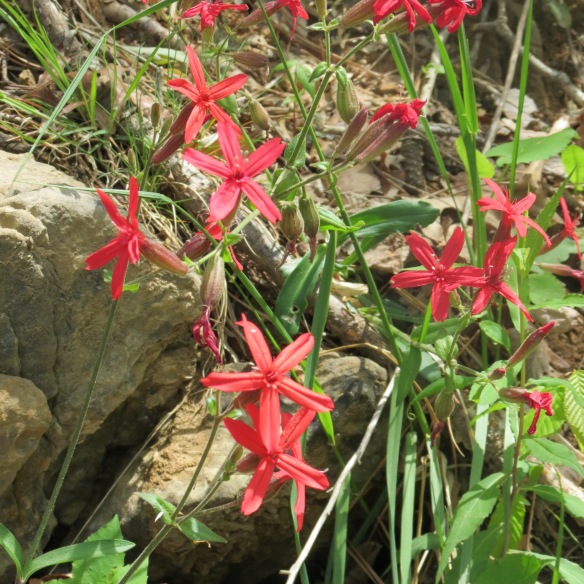Few animals in history have been so maligned as bats. For centuries, these flying mammals have been portrayed as blood-sucking, rabies-infested vermin, giving a bum rap to creatures that really do a lot of good. However, in the last couple of decades, thanks to the efforts of conservation groups and federal and state wildlife agencies, bats are being seen in a different light for the valuable role they play in the ecosystem.
As the primary predators of night-flying insects, bats are critical to reducing insect pest populations, including those pesky mosquitoes that take some of the fun out of being outdoors in the summer, and brought us such mosquito-borne diseases as West Nile and Zika virus, among others. Bats are part of a healthy ecosystem and integral to the balance of nature. Without bats, we would be overrun with insects and forced to use more pesticides, which can kill beneficial insects like bees, ladybugs, and dragonflies.
Every summer, a few little brown bats, probably males or unmated females, take up residence on our porch. We embrace these insect-eating machines that dine on mosquitoes, stink bugs, moths, beetles, and a host of other insect pests. In the fall, when the nights start getting colder and insects get hard to find, our furry visitors fly off to their winter hibernation site to wait for spring.
Because they have highly-specialized habitat requirements, bats do not adjust well to environmental changes. Adding to their vulnerability, they often live in very large colonies that can be wiped out in a single catastrophe. With many species suffering population declines due to loss of roosting habitat, loss of wetlands (which serve as insect-breeding grounds), pesticide poisoning, and disease, some are vulnerable to extinction. People can help bats by making their home landscape more bat-friendly.
Welcoming bats will pay dividends in terms of organic pest control. These winged wonders play an important role in nature’s systems of checks and balances. In a healthy, diverse ecosystem, for every insect pest, there is a natural predator. One of these is the silent hunter of the night, the underappreciated bat.
HOW YOU CAN HELP BATS
As more and more land is gobbled up by development, bats are losing suitable habitat every day. People can help provide these useful creatures with places to live and feed by making a few adaptations to their landscape.
- Bats will live in man-made bat houses if they are placed on a south-facing structure away from natural predators. Bat houses and kits can be purchased online, or you can make your own with plans from Bat Conservation International (http://www.batcon.org/resources/getting-involved/bat-houses/build).
- Bats prefer habitat with a mix of open and wooded areas. Plant a variety of perennials, herbs, and night-blooming flowers like moonflower, datura, evening primrose, cleome, and nicotiana to lure nocturnal insects.
- Bats are drawn to aquatic areas, where insect populations tend to be greater. Adding a pond or wetland to your landscape will help to ensure lucrative foraging for bats.
- Avoid using pesticides that can harm non-target organisms such as bats and other wildlife.






